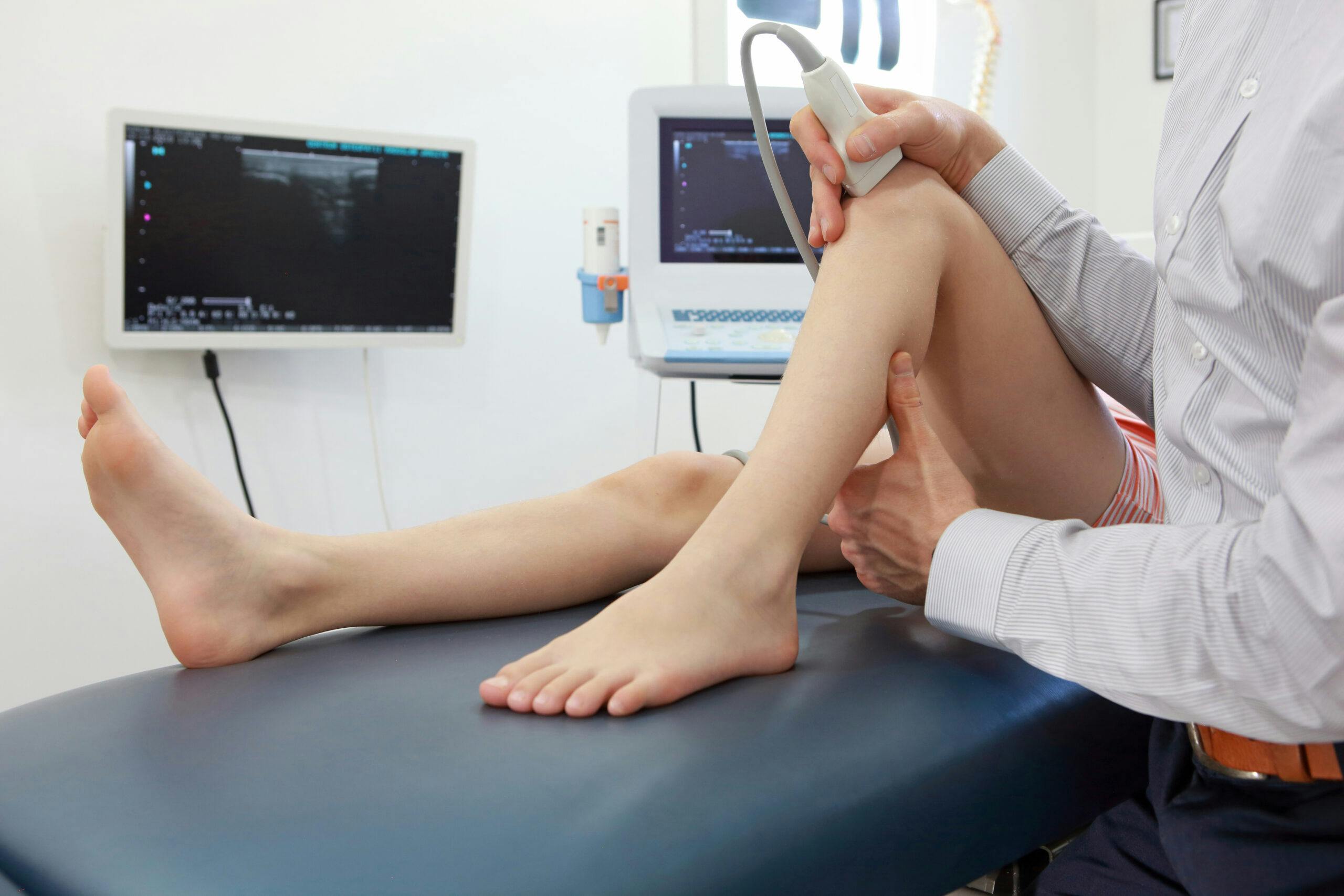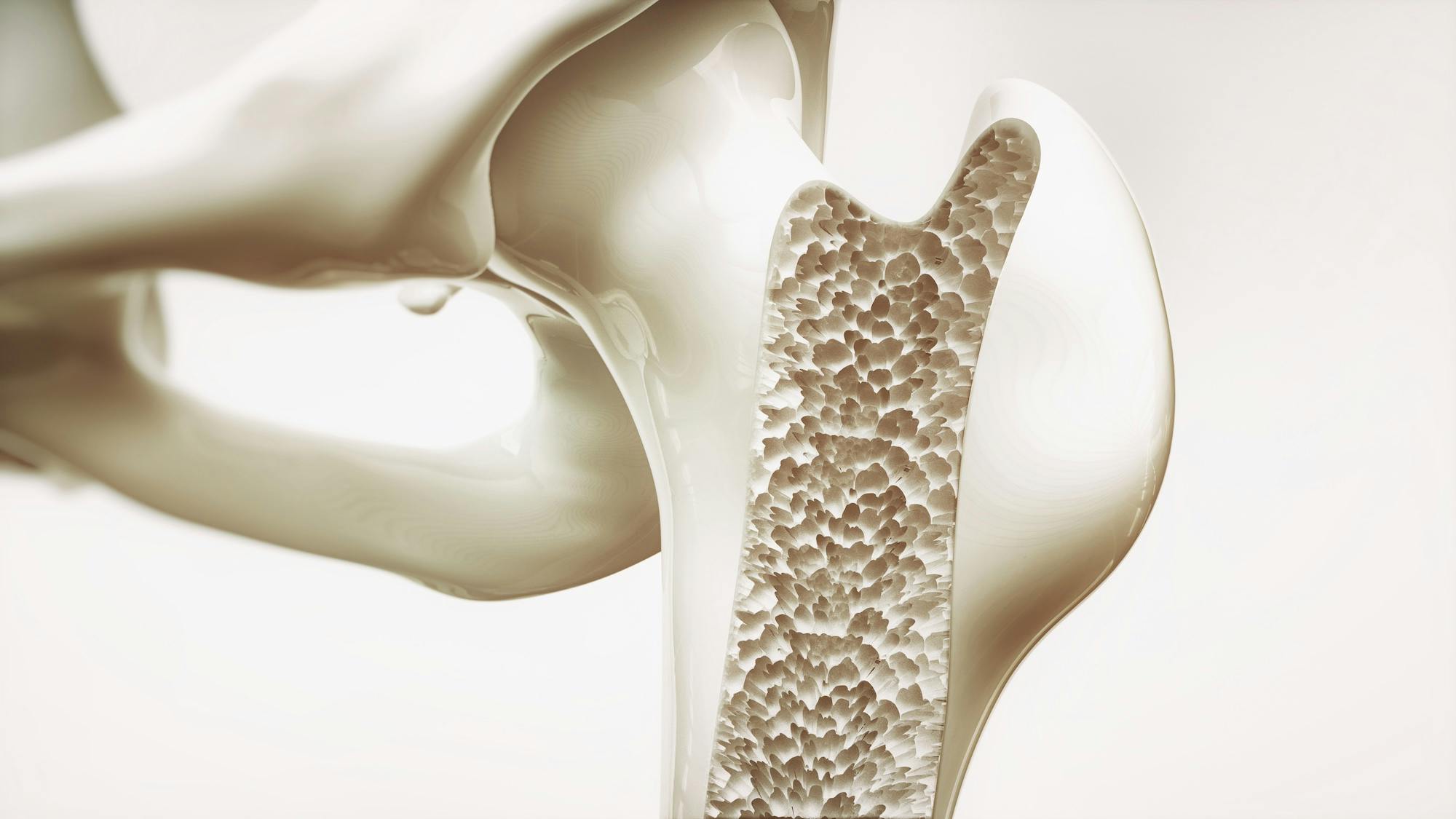- Blog
What to Know About Plantar Fasciitis
Posted on 12-01-2025 in Plantar Fasciitis by Dr. Erik Nilssen

Posted on 12-01-2025 in Plantar Fasciitis by Dr. Erik Nilssen
Do you suffer from pain in your heel, particularly when standing or walking and first thing in the morning? If so, there’s a good chance you have a condition called plantar fasciitis. While a common condition of the foot, doctors remind patients not to ignore their symptoms and to get treatment. That said, there are non-surgical, conventional treatment methods available that often help people recover from plantar fasciitis in a few months.
#1) What is Plantar Fasciitis
Plantar fasciitis is the most common culprit of heel pain. It affects the ligament between your toes and heel bone, called the plantar fascia. This ligament helps to support the arch of your foot, so when it gets irritated, damaged, inflamed, or swollen, it can cause pain in the heel or general bottom area of your foot.
Plantar fasciitis develops when the ligament gets over stretched, which can cause small tears that cause inflammation and discomfort. While you can experience the pain from plantar fasciitis at any time, it usually occurs when you have to stand for long periods of time, are walking, or are participating in other physical activities that require the force of your feet to land on the ground.
#2) What Causes Plantar Fasciitis?
There is not a single cause of plantar fasciitis, but rather different situations that lead to the condition. Small tears in the plantar fascia can occur as a result of being obese, from rigorous physical activity, or repetitive walking or standing activities. The way you walk or stand over these prolonged periods of time can also lead to plantar fasciitis. Essentially, anything that puts stress on the feet or heel can cause the condition, along with having flat feet tight tendons or high arches.
#3) Who is Prone to Plantar Fasciitis?
As you might have guessed, individuals who have jobs that require standing and walking for long periods of time and people who are athletic are most prone to developing plantar fasciitis. For example, occupations that requires standing or walking for extended period of time, such as being a security guard, nurse, teacher, or waitress, increase the risk of developing plantar fasciitis. Similarly, runners are especially prone to suffer from plantar fasciitis.
However, there are also some other risk factors to be aware of. For one, if you are an older adult, you are at a higher risk. Plantar fasciitis is more common in adults between the ages of 40 and 60. It often accompanies other age-related conditions, including arthritis and diabetes.
You might also be prone to plantar fasciitis if you wear heels or other types of shoes that don’t support your feet and heels properly, since more stress is put onto the tendons of your heels, leading to inflammation and pain. You are also at a higher risk if you have had any type of cosmetic foot surgery.
If you suspect you have plantar fasciitis, don’t put off getting help. Podiatrists can provide you with a variety of conservative, non-surgical treatment options.

Musculoskeletal ultrasound imaging offers orthopaedic patients safe, painless, and real-time imaging, without any harmful ionizing radiation or the need for uncomfortable positioning. As the first sports medicine physician in the region to utilize ultrasound for diagnostic and therapeutic purposes, Dr. Josh Hackel’s commitment to innovation has improved the accessibility of care for his patients.

According to the American Academy of Orthopaedic Surgeons, approximately 2 million older Americans sustain fractures yearly due to weak bones. By 2025, that number is predicted to rise to 3 million fractures annually. At North Florida Bone & Joint Specialists, we recognize the importance of maintaining strong bones, particularly as you age. In honor of Healthy Aging Month, the following tips can help you maintain, and even improve, your bone strength:

We see our share of broken bones as an orthopaedic and sports medicine practice. From the high school baseball player who collided with first base a little too hard to the avid DIY’er who took a tumble from an unsecured ladder and everything in between, we’ve seen it all. As we age, we also gradually lose bone mass, which occurs as small amounts of healthy bone are absorbed into your body as small amounts are replaced. When more bone is absorbed than is replaced, the density (bone mass) is reduced. Osteoporosis develops when the bone is no longer replaced as quickly as it is removed, and over time, it causes the bone to become progressively weaker, increasing the risk that it may break.